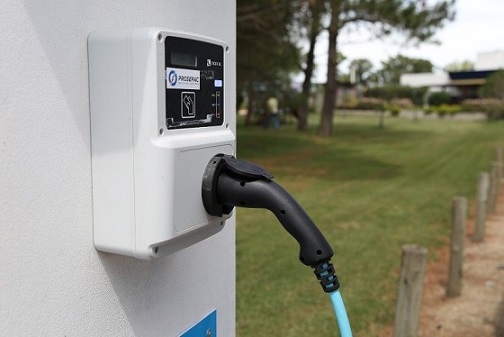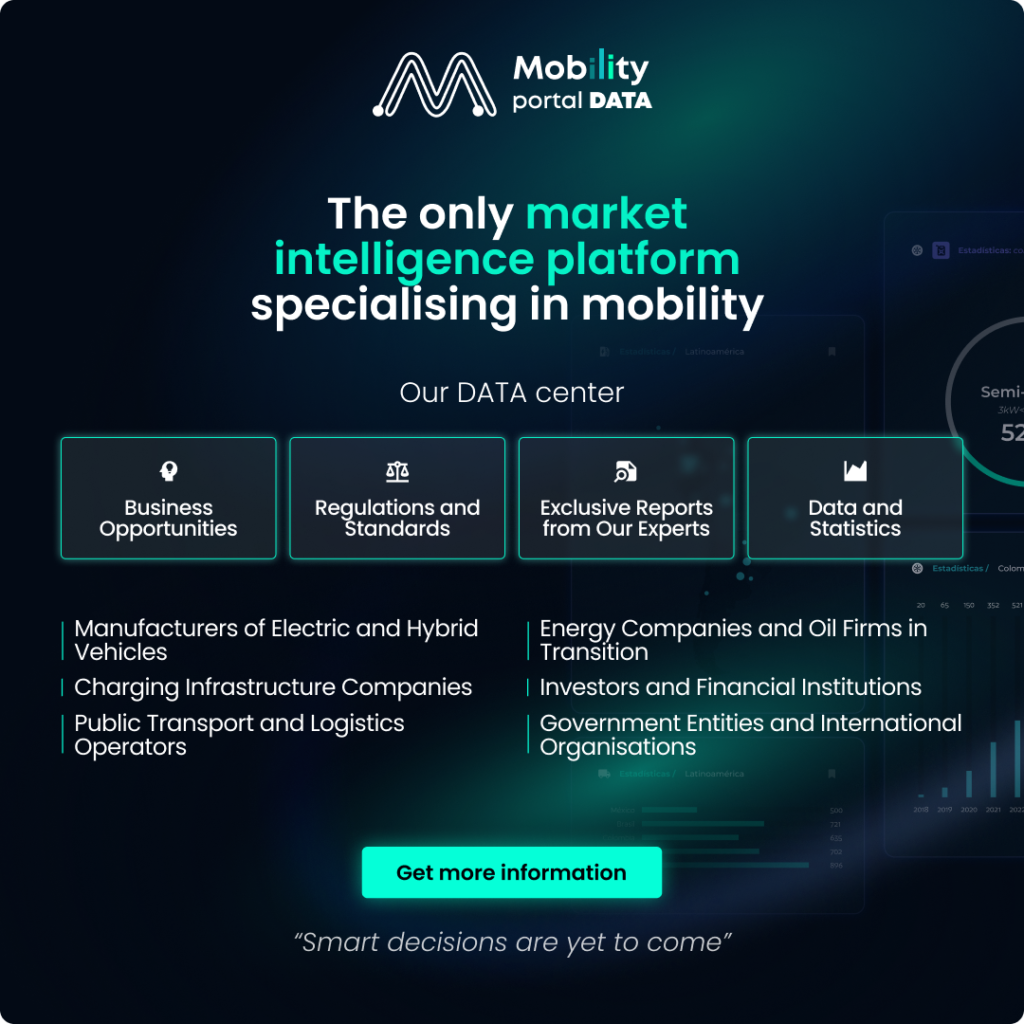Unlike regions such as Europe and the United States, where charging standards are well-defined, Latin America remains a fragmented market where multiple connector types coexist.
This is where adapters come into play.
This issue arises primarily due to the importation of electric vehicles (EVs) from different regions without specific adaptation to local standards.
In countries like Colombia, where Type 1 is the official standard, regulations do not prevent manufacturers from importing vehicles with different connectors.
As a result, many brands opt not to modify their vehicles for smaller markets like Colombia, where EV sales remain below 10,000 units annually.
This same situation is repeated across the region, complicating efforts to standardise charging infrastructure.
Are Charging Adapters Safe?
At first glance, charging adapters may seem like a practical solution for connecting a vehicle with one type of connector to a charging station with a different standard.
However, experts warn that their use comes with risks.
From a technical perspective, adapters can cause charging inefficiencies, compromise installation safety, and even damage the vehicle’s electrical system.
Additionally, if not properly certified, they can lead to overheating or short circuits.
According to MubOn, a Colombian company specialising in charging infrastructure, the lack of standardisation poses multiple challenges for both EV users and charge point operators (CPOs).
“The diversity of standards negatively impacts users, who must purchase adapters, facing risks, additional costs, and inconvenience. It also affects CPOs, as they must invest in chargers with multiple connectors instead of focusing on a single standard, as seen in Europe or China,” the company warns.
This lack of uniformity not only increases infrastructure costs but also delays the mass adoption of eMobility in the region.
A Barrier to EV Adoption and Charging Network Expansion
Uncertainty over which charging standard will dominate in Latin America has led potential EV buyers to postpone their purchase decisions.
Meanwhile, CPOs face higher investment costs without a clear direction on which connector will prevail in the future.
User Experience and Charging Infrastructure Challenges
Jorge Mario Avella Ruíz, from Akuai Energy in Colombia, highlights that the diversity of connectors at charging stations creates challenges for EV and plug-in hybrid vehicle users.
Many public charging stations offer two or three different connector types, and it is not uncommon for the one a user needs to be occupied, forcing them to wait for their turn to charge.
This situation has led many EV owners to purchase adapters for both AC (alternating current) and DC (direct current) charging.
Avella Ruíz explains that these accessories provide flexibility, allowing drivers to charge their vehicles at any available station, which is particularly beneficial on long-distance journeys where adapting to different charging infrastructures is crucial.
However, if the adapter lacks proper certification, it can result in slower, unreliable, or even incompatible charging.
Impact on Charging Station Operators
For charging infrastructure providers, the coexistence of multiple connector types means higher investment costs.
Instead of deploying a single charging technology, they must offer multiple options to accommodate the diverse EV fleet.
This increases operational costs and slows down the expansion of the public charging network.
As Latin America moves towards greater EV adoption, resolving the adapter dilemma and standardising charging infrastructure will be essential to ensure a seamless, efficient, and safe charging experience.







